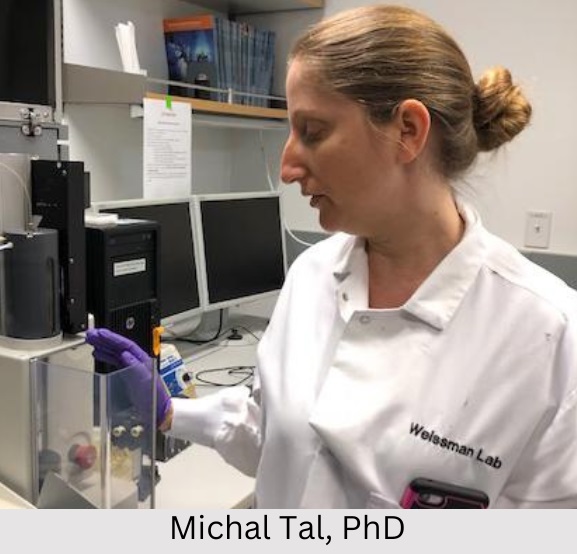“Don’t eat me” protein–how Lyme survives the immune system

Bay Area Lyme Foundation, a leading sponsor of Lyme disease research in the U.S., has announced a study finding a new mechanism of immune evasion used by Borrelia burgdorferi (Bb), the bacterium that causes Lyme disease.
This study is the first to identify the specific Borrelia protein that acts as a “don’t eat me” signal to the body’s immune system in people with Lyme disease.
This offers insight into how the bacteria may persist in Lyme patients and introduces an entirely new research direction toward potential future treatments.
The research was conducted at Stanford University and University of California San Francisco and funded in part by Bay Area Lyme Foundation. This groundbreaking data posted on bioRxiv on April 30, 2024, is expected to be published in a peer-review journal in the future.
Evading the immune system
“One of the big mysteries of Lyme disease has been how Borrelia is able to evade and survive the immune system – and this study helps answer that question. We’ve unlocked a critical door to understanding how this bacteria, and possibly other pathogens, manage to trick the immune system to evade clearance,” said lead author Michal Tal, PhD, principal scientist, Massachusetts Institute of Technology.
Tal is a Bay Area Lyme Foundation 2018 Emerging Leader Award winner who has received additional funding from the organization for this project.
In this study, researchers found that P66, a known Borrelia surface protein and one of the IgG Western Blot testing “bands” used for diagnosis, can inhibit an important portion of the immune response.
“Patients need both a robust immune response and antibiotics to eradicate an infection – antibiotics alone are not usually sufficient. Addressing the mechanisms of immune evasion could help patients more efficiently eradicate the infection,” said Wendy Adams, research grant director, Bay Area Lyme Foundation, who also notes that persistent Lyme disease impacts more than two million Americans today.
The “don’t eat me” signal
Harmful bacteria entering the body are usually targeted by macrophages—immune cells which look for invaders to engulf and eliminate. However, this study shows that P66 is a bacterial “don’t eat me” signal encouraging the macrophage to ignore the bacteria by binding to a receptor on the macrophages’ surface called SIRP-alpha.
This type of “don’t eat me” signal is a known mechanism in cancer and more recently, atherosclerosis. Specifically, the human “don’t eat me” signal protein CD47 binds the SIRP-alpha receptor on macrophages to signal that the cell shouldn’t be destroyed. Drugs that prevent CD47 from binding SIRP-alpha have been tested in clinical trials for the treatment of some cancers.
One of the study’s senior authors Irving Weissman, MD, professor and director of the Institute for Stem Cell Biology and Regenerative Medicine at Stanford University and a Bay Area Lyme Foundation scientific advisory board member, explains that this study is a discovery of how an established protein can protect the bacteria with which it has co-evolved. These exciting and field-generating observations will have broad-reaching implications.
Dr. Weissman is renowned for his pioneering work in identifying “don’t eat me” proteins and his lab discovered all four known mammalian “don’t eat me proteins”: CD47, CD24, PDL1 and B2M. He is also the founder of companies which have developed or are developing therapeutics that target these mechanisms in cancer and atherosclerosis.
Unleashing the immune system
Researchers hope that blocking P66 activity, like blocking CD47’s activity in cancer, could help unleash the immune system in recognizing and fighting Borrelia bacteria.
“This work could extend beyond the Borrelia genus. Further investigation into whether other bacteria have “don’t eat me” signal protein mimics is crucial for understanding bacterial interactions with the immune system,” said second author Paige Hansen, Tal Research Group Researcher, Massachusetts Institute of Technology.
Click here for the full text of the study.
For more information about the mechanism of persistent infection, please see this review article in mBio.
SOURCE: Bay Area Lyme Foundation




















We invite you to comment on our Facebook page.
Visit LymeDisease.org Facebook Page